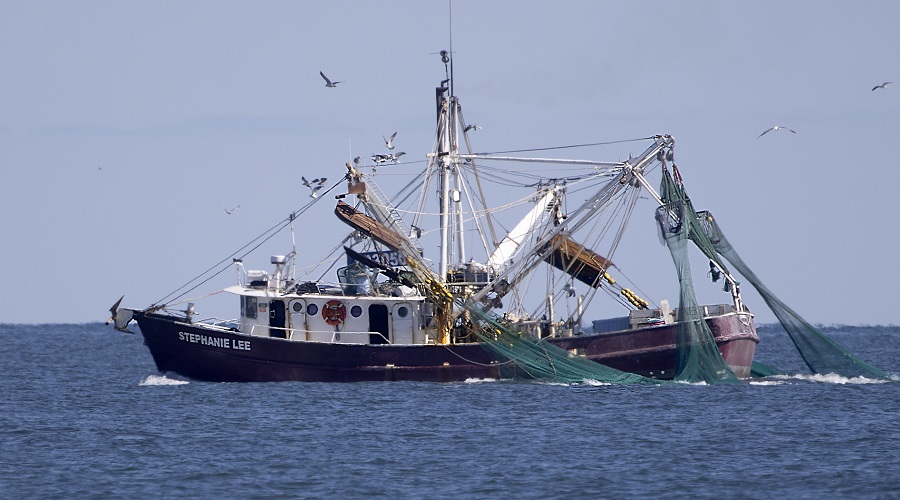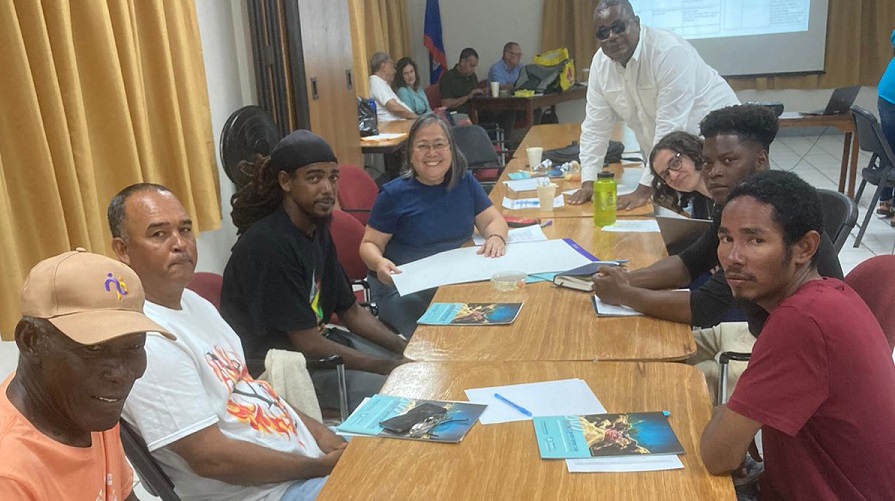For International Women’s Day 2024, we want our audience to get to know the women in the Sea Around Us in a context that goes beyond science and their professional selves.
Tag: Deng Palomares
Scientists push WTO to ban fisheries subsidies

Shrimp trawler. Photo by Stephanie Lee, Flickr.
Fisheries scientists and marine biologists working in all corners of the world, from Canada to Australia, from Malaysia to Nigeria, and from Brazil to Monaco, are once again making a call to the World Trade Organization (WTO) to approve additional regulations that eliminate harmful fisheries subsidies.
Unilateral efforts to combat illegal fishing may spur piracy in certain regions
Certain policies and policing measures taken by countries to combat illegal, unreported and unregulated (IUU) fishing drive local actors to engage in piracy, new research has found.
A poster to celebrate the Sea Around Us 25th anniversary
In July 2024, the Sea Around Us turns 25 years old.
During this quarter-century, the project has been dedicated to examining the impacts of fisheries on the marine ecosystems of the world. It has been and remains instrumental in ocean conservation.
Belizean fishers want changes in policy and practice to revert declining catch trends

The Sea Around Us project manager, Dr. Maria ‘Deng’ Palomares, with Belizean fishers. Photo by the Belize Fisheries Project.
Belizean fishers’ experience in the water confirms the declining trends in fishery catches – and, therefore, in fish populations – uncovered by the Belize Fisheries Project (BFP), of which the Sea Around Us is a member together with Comunidad y Biodiversidad (COBI), the Environmental Law Institute (ELI), Healthy Reefs for Healthy People Initiative (HRI) and MRAG Americas.




